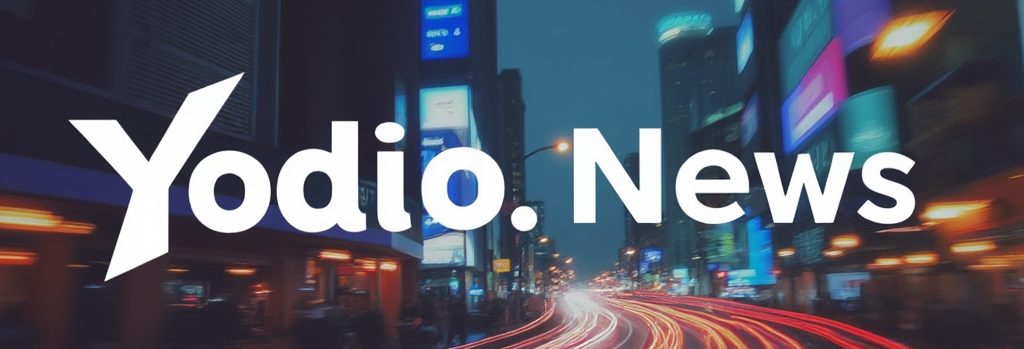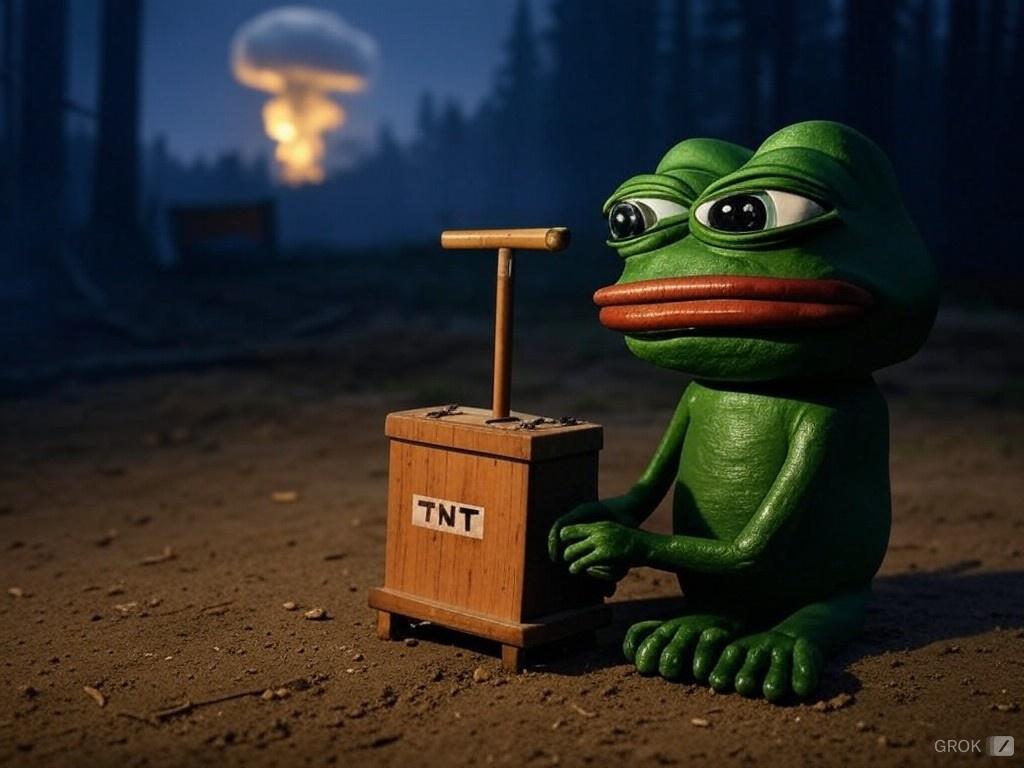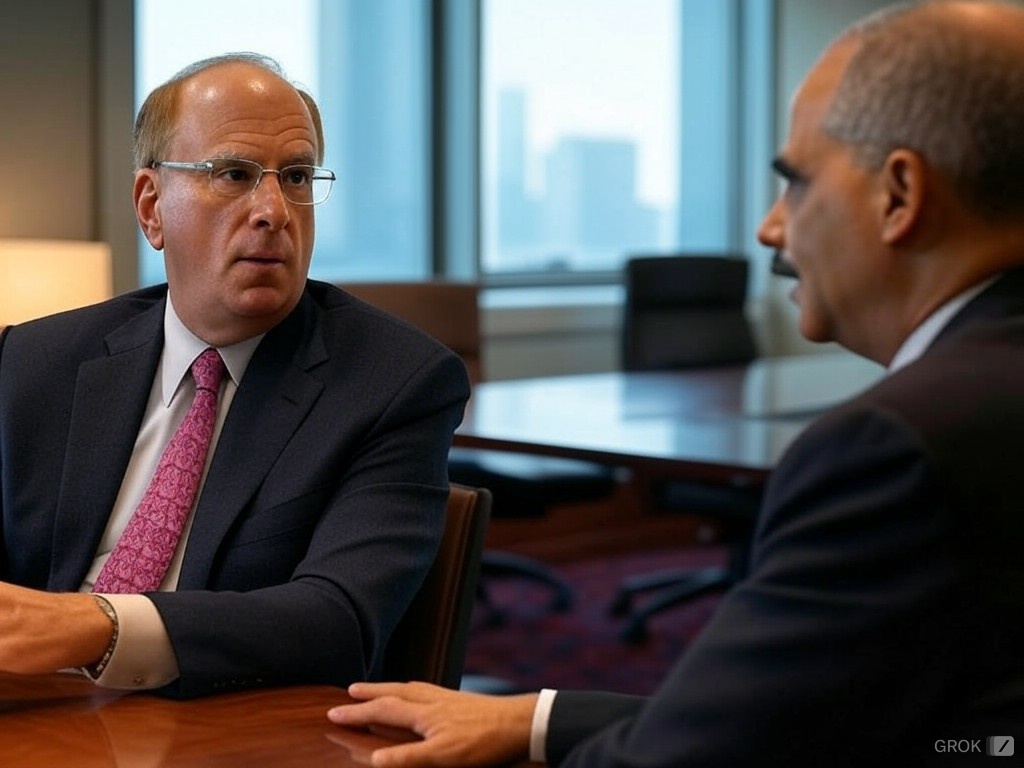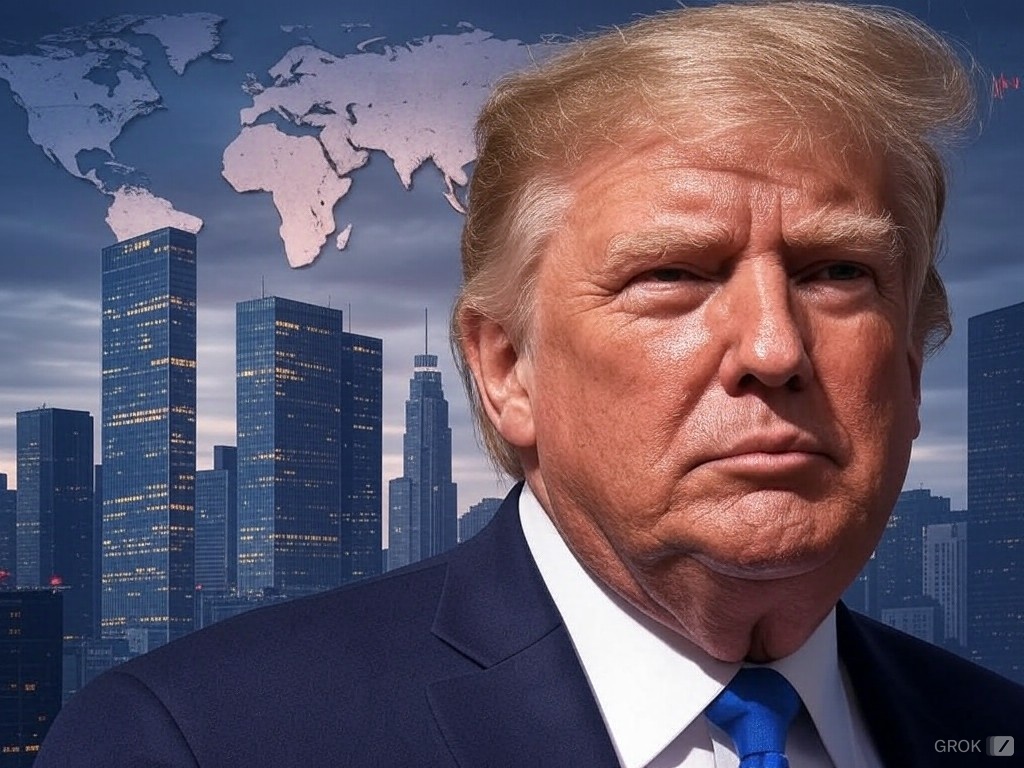Could a Modern-Day Manhattan Project Be Unfolding Before Our Eyes?
Have you ever heard of the Manhattan Project? Most of us know it as the covert U.S. government program during World War II that developed the atomic bomb, a feat of science and secrecy that forever altered the course of human history. But what if I told you that the spirit of the Manhattan Project might not be a relic of the past? What if, right now, under our very noses, a similar endeavor is unfolding, one that could change our world just as dramatically?
Imagine this: You’re part of a massive, unseen machine, contributing to a project so vast, so secretive, that even you, the participant, are unaware of its true scope. This isn’t a plot from a dystopian novel; it’s a plausible scenario in today’s globalized, tech-driven world. Let’s delve into how this modern-day Manhattan Project might be operating, right under our collective gaze.
The Global Game of Innovation
At the heart of this theoretical project is what we might call the “global game” — a continuous race for technological supremacy, where nations and corporations vie for the next big breakthrough in areas like AI, quantum computing, or biotechnology. Much like the original Manhattan Project, which was a race against Nazi Germany, today’s competition is global, with stakes that include economic dominance, national security, and geopolitical influence. The H-1B visa program, for instance, could be seen as a tool in this game, bringing in the world’s best talent to work on projects that might not be fully transparent to the public eye.
A Distracted Public
The cultural and political landscape of the 21st century provides fertile ground for secrecy. With society divided over numerous issues, from health policies to identity politics, the public’s attention is easily diverted. The recent global health crisis, where investment classes, health industries, and other sectors collaborated to manage public behavior, illustrates how a large swath of people can be swayed to follow an agenda without fully understanding the bigger picture. This level of public compliance, driven by fear, trust in authority, or the promise of safety, could be the perfect smokescreen for a modern Manhattan Project.
The Role of Technology and Education
Consider the rapid advancements in technology that seem to “enhance” life—AI for healthcare, autonomous vehicles, quantum encryption. These innovations have dual uses; while they’re marketed for civilian benefits, they could also serve secretive research or military applications. Institutions worldwide are investing heavily in STEM education, not just for the love of science but as part of this global game, ensuring a steady supply of talent for these hidden projects.
Cultural Engineering and Misinformation
Leaders of movements, whether political, cultural, or corporate, have shown the ability to manipulate narratives, creating divisions over meta-issues within conspiracy theories or public policies. By doing so, they can distract from the “actual theory” or project at hand, ensuring that any talk of secretive, large-scale endeavors is dismissed as baseless speculation. The use of misinformation, social media manipulation, and the creation of echo chambers further obscures the truth, making it easier to conduct projects in secrecy ().
The Ethical Quandary
If such a project exists, it raises profound ethical questions. Are we, the public, unknowingly consenting to or even funding projects that could have dire implications for our security, privacy, or democracy? The moral implications are vast, touching on issues of consent, transparency, and the manipulation of public will for secretive ends. The cultural sensitivity debates, particularly around immigration and job markets, add another layer of complexity, where discussing cultural advantages or disadvantages in professional settings can be fraught with accusations of bigotry.
Conclusion: Are We Part of the Machine?
While no direct evidence exists for a modern-day Manhattan Project, the signs are there if you know where to look. The intersection of global competition, technological advancement, cultural manipulation, and public distraction forms a plausible scenario where such a project could thrive. As citizens, consumers, and workers, we might be contributing to this vast, secretive machine without ever knowing it, much like the workers at Oak Ridge or Los Alamos who had no clue they were building an atomic bomb.
So, I ask you, the reader, to ponder: Are we all, in some way, part of this modern-day Manhattan Project? And if so, what does that mean for our future? The answers might be hidden in plain sight, obscured by the very technologies and narratives we’ve come to rely on. It’s up to us to decide whether to look closer or continue in blissful ignorance.





